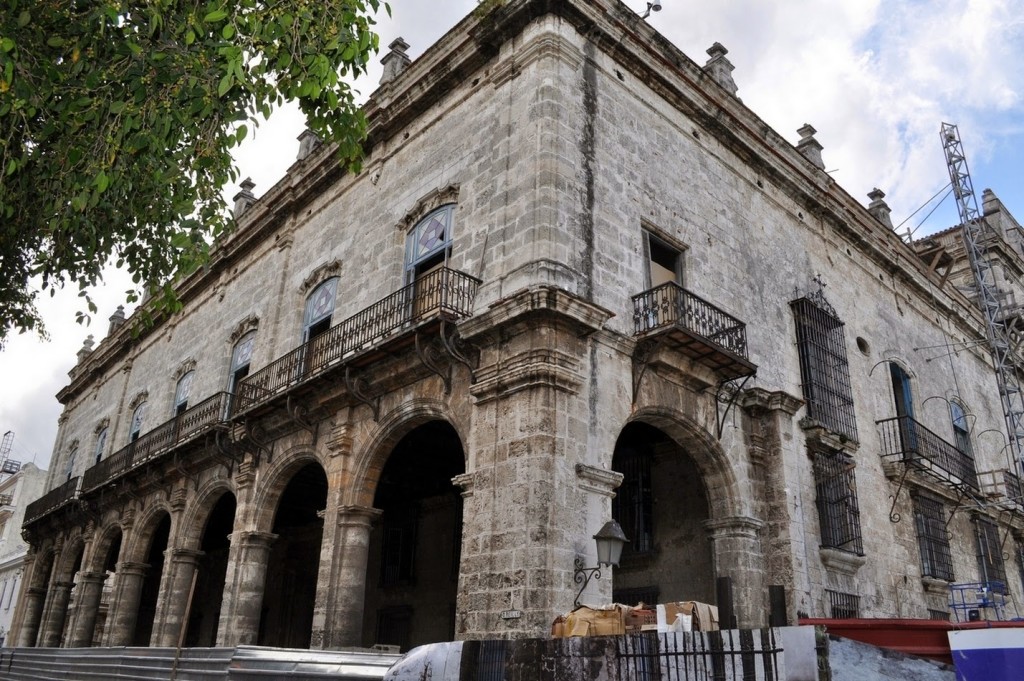In 1770 the Spanish Crown decided to construct a building next to the Castillo de la Real Fuerza on the north side of the Plaza de Armas to serve as the Royal Post Office, responsible for all postal communication within Spain’s Ibero-American colonies. The stout Moorish-inspired part Baroque, part Neoclassical building of cut limestone was completed in 1772. The windows overlooking its central courtyard feature Cadiz-style shutters.
In 1820 it became, briefly, the army quartermaster’s headquarters, accounting office and treasury. In the mid-19th century it became the official residence of the vice-captain general, the ‘Subinspector Segundo Cabo,’ from which it takes its name. Following independence, in 1902, it housed the Senate of the Republic and afterwards the Supreme Court.
In recent decades it has served as the home of the Instituto Cubano del Libro (a state-run institution that promotes literature), but since 2012 has been closed for a lengthy restoration. It is slated to reopen as an avant-garde cultural center.



 Renaissance
Renaissance








